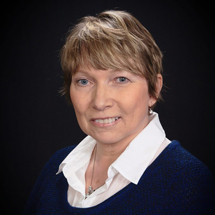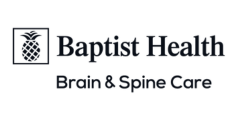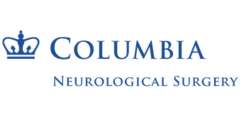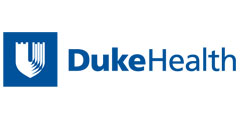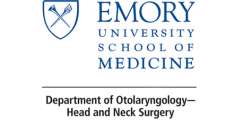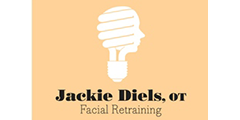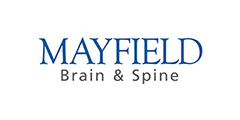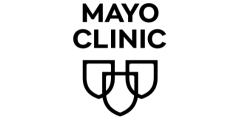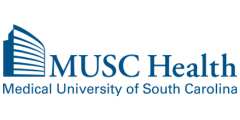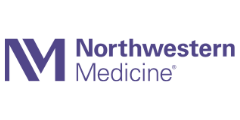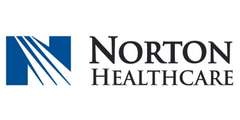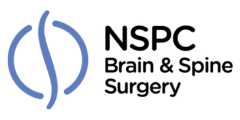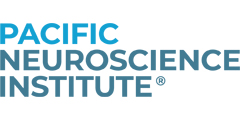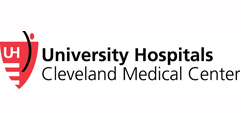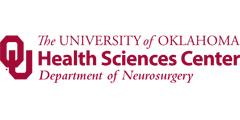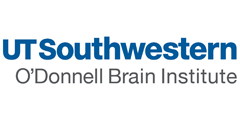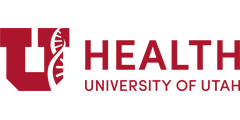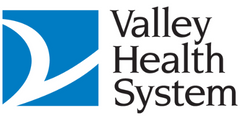Invisible Disability
Sally Stap
Brain surgery was the easy part. I slept through it. My altered life and “new normal” started the moment I awoke. Due to the practiced hands of two brain surgeons whose patience outweighed mine, I was recovering from a nine-hour craniotomy. My head was now tumor-free, but the long and difficult operation resulted in chronic post-craniotomy pain.
I didn’t recognize at the time that I was entering the “in-between.” I was stuck between who I had been and someone I didn’t know yet. Unknown to me, my personal path would lead to disability: an outcome that was “worse than some and better than others.”
Three months before my November 2008 surgery, I had not heard of an acoustic neuroma nor did I believe that brain tumors were truly survivable. Like other patients, I was stunned to learn that something had been growing in my head for years. I had a 2.8 cm acoustic neuroma that could no longer be ignored: it pressed simultaneously on my brainstem, cerebellum, and ear canal.
I immediately jumped on the research train (i.e. Google) to try to decipher what my outcome would be. I heard bad things and assumed they wouldn’t happen to me. I heard of easy recoveries and quickly came to the conclusion that I would experience pain, healing, and return to life as before.
I was an optimist. When I heard that I had a 20% chance of facial “weakness,” I went with 80% probability that I would have no damage. When I heard I might have headaches, I dismissed the possibility because I didn’t have them prior to surgery. When I heard that some people were actually disabled by head pain, I denied that I had any room in my life for such a dramatic outcome. Through research, I became familiar with the terms “the new normal” and “the new me,” commonly used in the brain tumor survivor world. As I tried to predict exactly what would happen, I quickly learned that each acoustic neuroma brain tumor is as unique as a snowflake.
Surgery caused me to learn to navigate the world of single-sided deafness. My right arm was unexpectedly weak, leaving me unable to write until I practiced my ABCs daily for weeks. I was immediately disappointed to learn the right side of my face was immobile. Damaged though intact, the nerve healed at a rate of about 1 mm per day and started moving muscles after seven months.
I learned that facial nerves don’t “just heal” and start working again. Depending on the severity of the damage, fibers tear and slowly connect to random nerve endings rather than their correct partner. This results in synkinesis, or improper and involuntary movement of muscle. My brain, ever resourceful, tried diligently to move my face, but did so incorrectly, leaving my face in spasms. I learned that facial nerve recovery is much more of an ever-changing journey than an end state. Six years later, I still have facial therapy and Botox® to ease synkinesis.
Most significantly, I was left with unrelenting head pain that shattered my life. Since I had retrosigmoid surgery, there was an increased risk of headaches. Stuck between able and dead, chronic post-craniotomy pain charged a high price. I could think and communicate, but not escape persistent head pain. I learned that I had to be my own advocate and speak up as needed. Chronic, oppressive head pain is disabling, but it can’t be seen. Navigating the “in-between” is a new reality.
For a time, I slumped into a deep, unrelenting depression. It seemed all attempts to start moving forward again in my life failed. Head pain could not be ignored. Head pain is unrelenting, such that even breathing and eating hurt at times. Lying or standing hurts, leaving no escape. I wanted someone to fix it.
Eventually, after months turned into years of pain, I decided to choose life and came to terms with living in chronic pain. I became determined to look forward and not be dragged back.
I decided to start writing, sharing my journey through a book and an ongoing blog. I connected with many of my fellow AN warriors via social media and found an amazing and supportive community.
Through my experience with my own journey and observing the AN community, I have recognized some perplexing and inadvertent patterns with new patient communication. When newly diagnosed patients approach those of us who have already ridden this bucking bronco, we are stumped with how to answer specific questions because we can’t predict outcomes.
We don’t want to scare people with possibilities or set poor expectations by being too optimistic. At the same time, many of us feel blindsided because nobody shook us and said, “THIS IS BRAIN SURGERY.” So we share our individual situation and leave it up to the wide-eyed newbie to sort through the stories for their own predicted outcome.
We repeat the disclaimer that we are not medical people. Some of us landed on our feet and kept running. Some of us fell on our heads and are still groaning. Some families provide incredible support, and others scatter. Each journey is different.
When newly diagnosed patients meet with their doctors, they are given statistics. Very skilled, compassionate, caring professionals can only give probabilities. They themselves know more than anyone that brain surgery is a blend of art and science with no guarantees.
The problem with statistics is that they aggregate data comprised of many data points. In the case of acoustic neuromas, those data points are people: unique individuals who have unique tumors in unique positions in unique skulls. Some are very small when discovered; while others grow quietly until they are quite large. Some cause symptoms like vertigo, hearing loss, headaches or facial sensations. Others are found coincidentally.
I know I’m not alone in this journey, even as I alone carry the load of immobilizing physical and emotional pain. Even as I have family and friends always standing by, I am keenly aware of the loneliness and exhaustion of disability. The isolation of pain continually pulls me down even as gratitude for life pulls me up. Grief for losing what once was and acceptance of change is a cyclic journey.
For many of us, community within the acoustic neuroma world provides a life ring as we float and find each other. Camaraderie between unique people with a common experience brings laughter, understanding, and immeasurable connection.
I’ve concluded doctors can medicate, and psychologists can listen. Family can feel bad, friends can pity, and strangers can be awkwardly confused. But only I can live my life. Only I can take one more step. I believe that God doesn’t waste what we go through. I could have faith or not. I choose faith and life.
“Living with a disability” includes the word “living.” I’ve accepted my new life and what I can do rather than what I can’t. I focus on new goals. Not goals my old self would take seriously, but goals that make sense now. Goals that can be achieved between periods of pain.
I’ve turned from my previous corporate career in information technology to the craft of writing: the art of communicating in a way that is fresh and open. I respect the gift of saying things many have felt but not known how to capture. I love the permanence of creating a paragraph while appreciating the quickness of editing. I don’t throw words away, but set them aside.
I need to let feelings and experiences out, one sentence at a time. I never would have found the joy of words if I hadn’t changed who I was and how I live.
Immediately following surgery, I was stuck in bed, envious of those who hustled in and out of my hospital room. I graduated to a cane and impatiently waited for the day when I could walk without assistance, for the day when I could descend my stairs without calling for a family member to ensure I didn’t end up a heap at the bottom. I started setting the cane aside and wasn’t as terrified of slipping on ice when walking to the mailbox. I pushed until I could walk in the woods with my dogs. Impatience and determination helped me find a new way.
I continue to strive for a balance between acceptance and a drive for improvement. I don’t want to deny reality but also don’t want to wallow in it. I continually push the edges to see what new balance I can attain between living and managing pain. I accept an unseen disability while trying to push past it. I inhale and exhale. It’s a decision to seek joy rather than despair, to have faith, and live.
Sally Stap is a member of ANA, former Board Director and the author of Smiling Again: Coming Back to Life and Faith After Brain Surgery and blogs at smilingagainbook.com.
In no case does ANA endorse any commercial product, physician, surgeon, medical procedure, medical institution or its staff.

